#Cichliformes
Text
Taxonomy Tournament: Fish
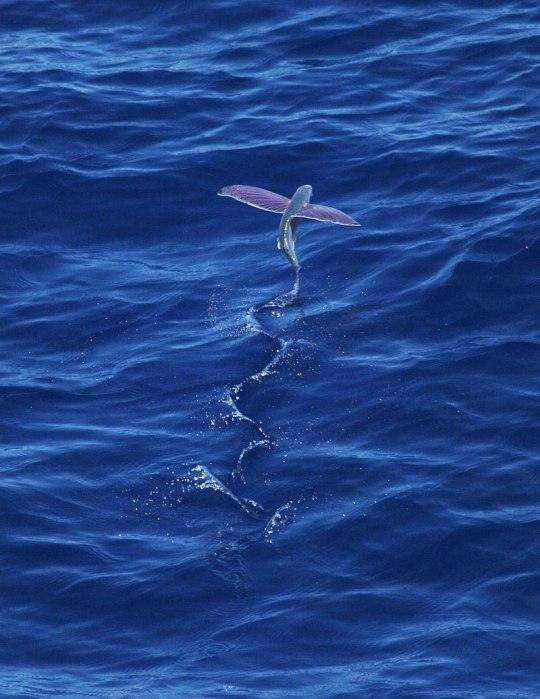
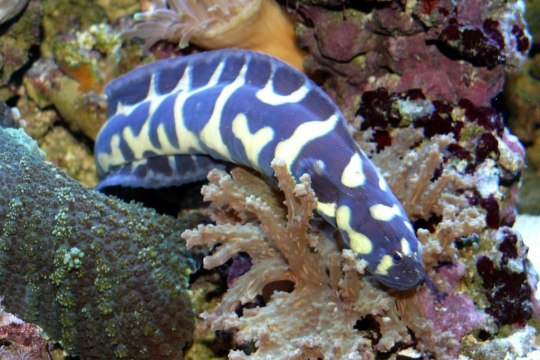
Beloniformes. Most fish of this order live close to the surface, including the flying fish.
Cichliformes. This order is made up of convict blennies and cichlids like the freshwater angelfish.
#animals#biology#polls#poll tournament#zoology#flying fish#fish#blennies#angelfish#Beloniformes#Cichliformes#0x1cv0x63
59 notes
·
View notes
Text

Tilapia
By: John Polo
From: The Illustrated Library of the Natural Sciences
1958
#tilapia#cichliform#bony fish#fish#1958#1950s#John Polo#The Illustrated Library of the Natural Sciences (1958)
78 notes
·
View notes
Link
0 notes
Video
Chocolate Cichlid | Hypselecara temporalis
#Chocolate Cichlid#Emerald Cichlid#Hypselecara temporalis#freshwater#underwater#nature#aquatic#aquaria#aquablr#fish tank#fish#tank#cichlid#cichildae#Cichliformes#South American cichlid#marine biodiversity#marine biology
16 notes
·
View notes
Photo

Pink jack dempsey #coolfish #cichlid #cichlids #fish #fishtank #aquarium #freshwaterfish #freshwaterfishtank #freshwateraquarium #aquariumhobby #aquariumhobbyist #fishofinstagram #aquariumsofinstagram #cichlidsofinstagram #tropicalfish #tropicalfishtank #tropicalaquarium #Cichlidae #Cichliformes #cichliform https://www.instagram.com/p/BsRSGTWhhkl/?utm_source=ig_tumblr_share&igshid=37dzg0a70fyn
#coolfish#cichlid#cichlids#fish#fishtank#aquarium#freshwaterfish#freshwaterfishtank#freshwateraquarium#aquariumhobby#aquariumhobbyist#fishofinstagram#aquariumsofinstagram#cichlidsofinstagram#tropicalfish#tropicalfishtank#tropicalaquarium#cichlidae#cichliformes#cichliform
0 notes
Text
Taxonomy Tournament: Fish
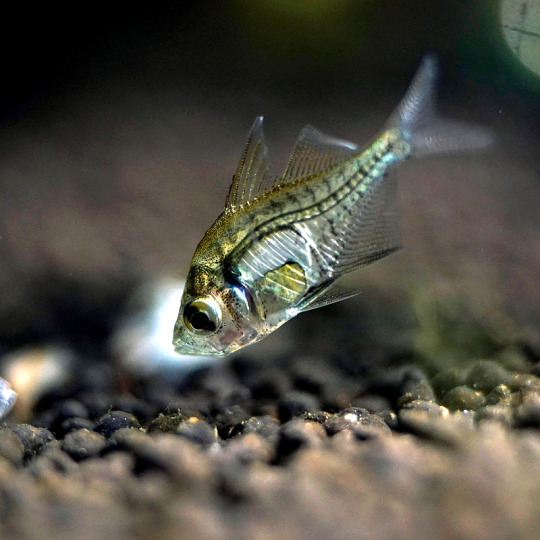
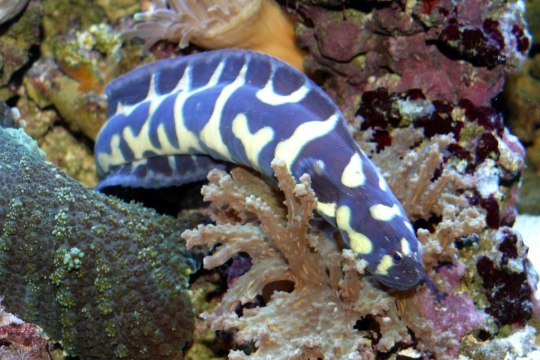
Ambassidae. This family is known as the Asiatic glassfishes, due to several species having translucent bodies.
Cichliformes. This order is made up of convicet blennies and cichlids like the freshwater angelfish.
#animals#biology#polls#poll tournament#zoology#glassfishes#fish#blennies#Ambassidae#Cichliformes#0x63v0x9c#animal tournament#Animal Tournament Round 1
44 notes
·
View notes
Text

Freshwater angelfish
By: C. Bevilacqua / L. Ricciarini
From: Éditions Rencontre Cards
1975
#freshwater angelfish#cichliform#bony fish#fish#1975#1970s#C. Bevilacqua#L. Ricciarini#Éditions Rencontre Cards
46 notes
·
View notes
Text

A man observing two tilapia in an aquarium
By: Unknown photographer
From: The Illustrated Library of the Natural Sciences
1958
#tilapia#cichliform#bony fish#fish#1958#1950s#The Illustrated Library of the Natural Sciences (1958)
39 notes
·
View notes
Text
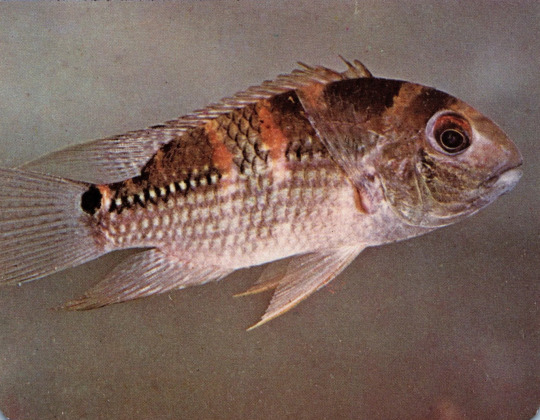
Saddle cichlid
By: Harald Schultz / Bruce Coleman, Ltd.
From: Éditions Rencontre Cards
1977
#saddle cichlid#cichliform#bony fish#fish#1977#1970s#Harald Schultz#Bruce Coleman Ltd.#Éditions Rencontre Cards
23 notes
·
View notes
Text
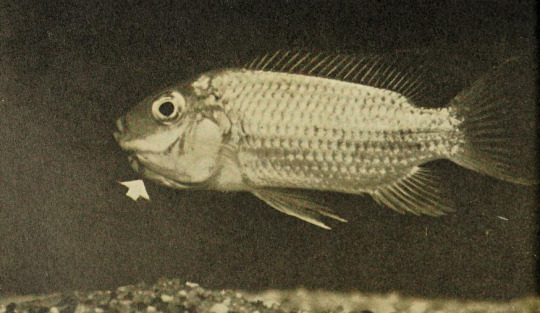
Male tilapia with its mouth full of eggs
By: Unknown photographer
From: The Illustrated Library of the Natural Sciences
1958
#tilapia#cichliform#bony fish#fish#1958#1950s#The Illustrated Library of the Natural Sciences (1958)
23 notes
·
View notes
Text
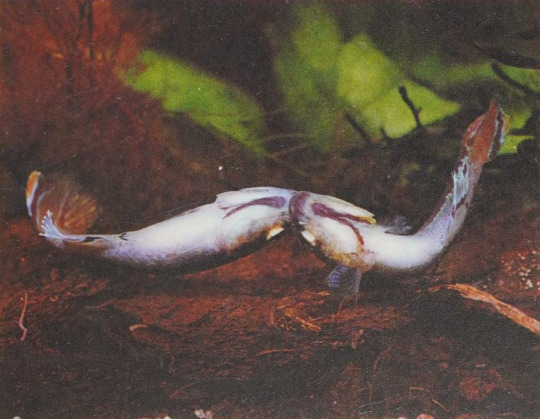
Cichlid courtship
By: Unknown photographer
From: Encyclopedia of the Animal World
1972
25 notes
·
View notes
Text

Blue acara
By: Unknown photographer
From: Encyclopedia of the Animal World
1972
32 notes
·
View notes
Text
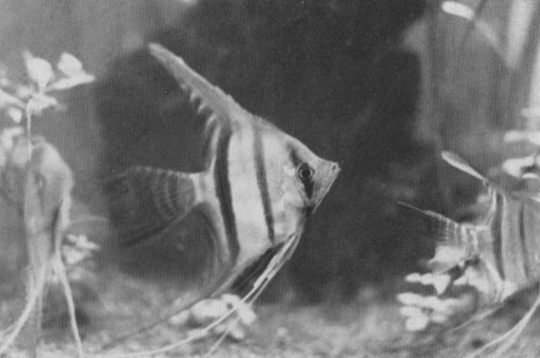
Angelfish
By: Shedd Aquarium
From: The Chicago Naturalist, Vol. 3, No. 2
1940
15 notes
·
View notes
Text

Freshwater angelfish
By: Unknown photographer
From: Encyclopedia of the Animal World
1972
#captivity#freshwater angelfish#cichliform#bony fish#fish#1972#1970s#Encyclopedia of the Animal World (1972)
17 notes
·
View notes
Photo

The pumpkinseed is a fish I'd love to know more about. Specifically, I wish I knew more about the relationship between it and other fish. When I look at a pumpkinseed I see so much similarity to central American cichlids. So naturally I look up its placement in the animal kingdom to find out if there's a relationship there. I see that they both belong to the same clade, "percomorpha". This means they have have a common ancestor I suppose. My next question is... does the coloration (reds, blues, pearling, etc) come from a common ancestor or is it a case of convergent evolution that occurred later on? The consensus seems to be that the patterns on these fish exists to mimic the dappling effect of sunlight on shallow water i.e. camouflage. If anybody knows the answer to my question please put it in the comments. #Ichthyology #Ichthyologist #coolfish #fish #fishtank #aquarium #freshwaterfish #freshwaterfishtank #freshwateraquarium #aquariumhobby #aquariumhobbyist #pumpkinseed #convergentevolution #perciformes #percomorpha #Centrarchidae #Percoidea #Cichlidae #Cichliformes #Actinopterygii #biology #biologist https://www.instagram.com/p/Bq0WfJXB-9F/?utm_source=ig_tumblr_share&igshid=1dr2z89o3bwc6
#ichthyology#ichthyologist#coolfish#fish#fishtank#aquarium#freshwaterfish#freshwaterfishtank#freshwateraquarium#aquariumhobby#aquariumhobbyist#pumpkinseed#convergentevolution#perciformes#percomorpha#centrarchidae#percoidea#cichlidae#cichliformes#actinopterygii#biology#biologist
0 notes
Link
By Jasper Y. Arcalas, 7th December 2017;
The lethal Tilapia Lake Virus (TiLV) has arrived in the Philippines, killing 101,383 Tilapia (likely Nile Tilapia) (Oreochromis niloticus) in a lone Bulacan-based pond in June, the Department of Agriculture (DA) said.
In a notification submitted to the World Organisation for Animal Health (OIE), Agriculture Assistant Secretary for Livestock Enrico P. Garzon said TiLV killed 101,363 Tilapia out of the 300,000 susceptible population in a Bulacan-based pond, representing a 33.78-percent mortality rate.
Garzon added the outbreak was confirmed last June 29 and has already been resolved by the DA on September 15.
"An unexplained daily mortality of Tilapia fingerlings was observed in the nursery pond of a private farm after stocking on May 16, 2017. Elevated mortality after 15 days reached approximately 25 percent. Affected fish showed distended abdomen and bulging of the eyes," he said in the notification dated November 23.
Garzon said on May 31, the DA collected samples from the affected farm and were submitted to the Fisheries Biotechnology Center (FBC) in Muñoz, Nueva Ecija.
"Semi-nested RT-PCR exhibited positive results using reported Tilapia Lake Virus [TiLV] primers. Other samples submitted to National Fisheries Laboratory- Fish Health of the Bureau of Fisheries and Aquatic Resources also showed positive results by insulated isothermal PCR [iiPCR]," he said.
The DA official added the laboratory results indicated that the "amplified 3 segment of the viral ENE [expression and nuclear retention element] has 94 to 95 percent nucleotide similarity to Israel TiLV strain."
Garzon said the movement of fingerlings from the affected pond has been restricted and monitored. He added that the results of the last two samplings showed negative for TiLV.
On May 26 the Food and Agriculture Organization (FAO) of the United Nations warned countries of TiLV as it is considered a “lethal threat” to food security.
"The outbreak should be treated with concern and countries importing Tilapia should take appropriate risk-management measures—intensifying diagnostics testing, enforcing health certificates, deploying quarantine measures and developing contingency plans," the FAO said.
"Tilapia-producing countries need to be vigilant, and should follow aquatic animal-health code protocols of the World Organisation for Animal Health when trading Tilapia. They should initiate an active surveillance program to determine the presence or absence of TiLV, the geographic extent of the infection and identify risk factors that may help contain it," the FAO added.
The FAO said the TiLV poses no public health concern, but could decimate infected populations. The TiLV has been reported in at least five countries in three continents: Colombia, Ecuador, Egypt, Israel and Thailand, according to the FAO.
"Tilapia are the second most important aquaculture species in volume terms, providing food, jobs and domestic and export earnings for millions of people, including many smallholders," it said.
"In 2015 world Tilapia production, from both aquaculture and capture, amounted to 6.4 million tons, with an estimated value of $9.8 billion, and worldwide trade was valued at $1.8 billion," the FAO added.
Source: Business Mirror
#tilapia#Nile tilapia#Oreochromis niloticus#cichlids#Cichlidae#Cichliformes#Perciformes#fishes#teleosts#freshwater#aquaculture#fish farm#seafood#introduced species#mass death#disease#Philippines#Luzon#Central Luzon#Bulacan#BusinessMirror
0 notes